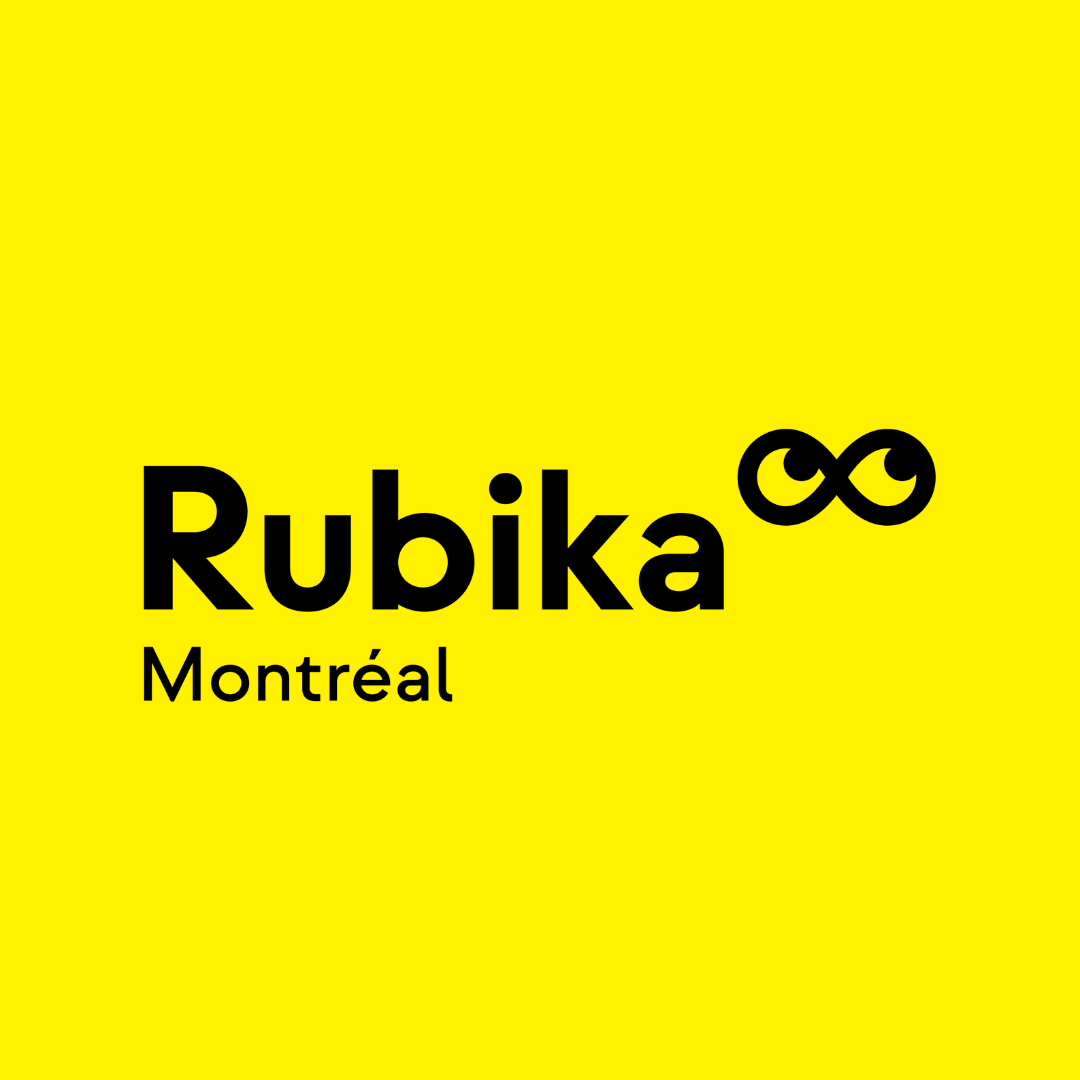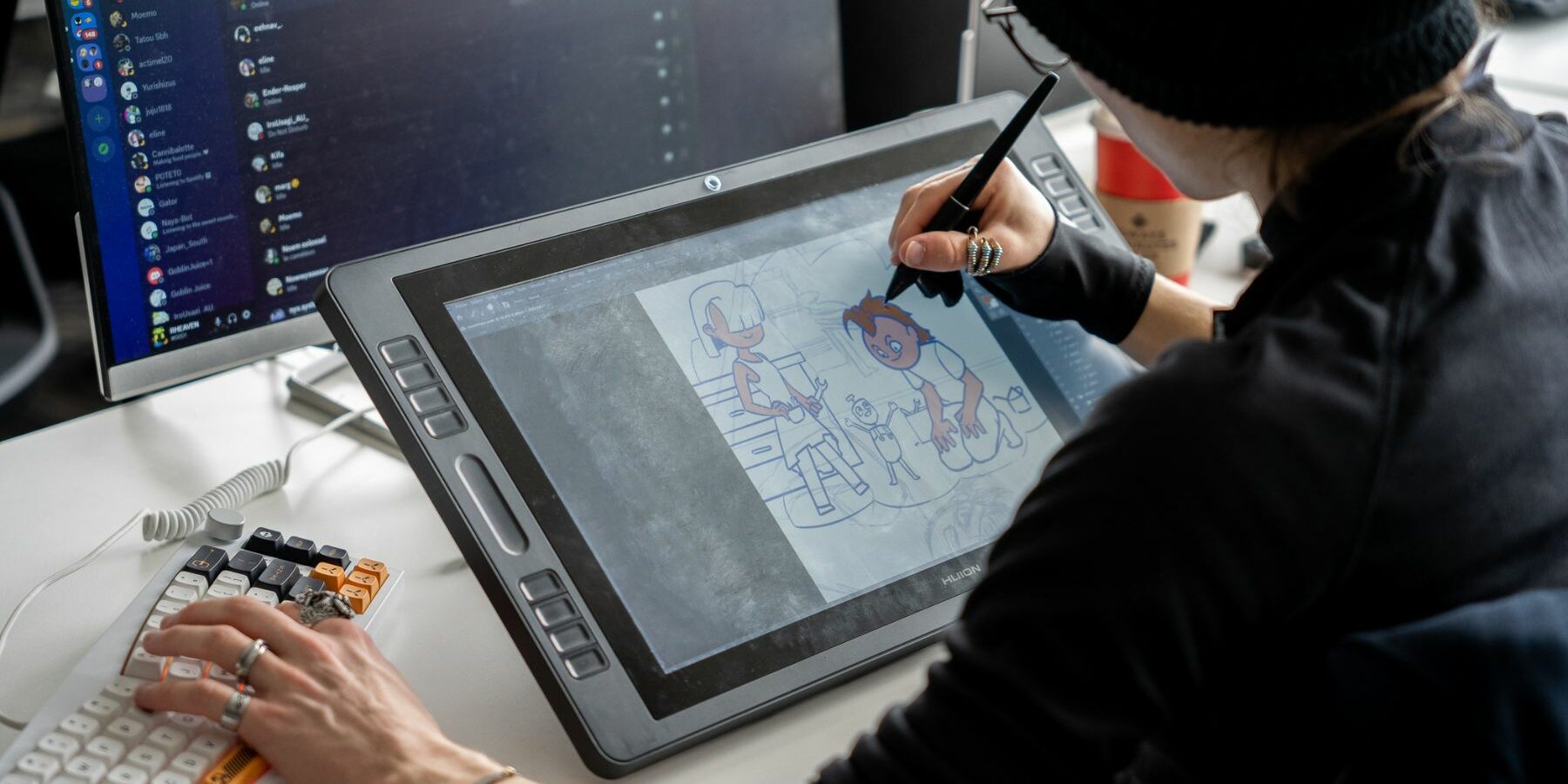To get into a school specializing in animation and video games, it’s crucial to create a video game, animation or 3D portfolio that demonstrates not only your talent and creativity, but also your understanding of industry expectations.
For those of you who don’t feel 100% comfortable putting together your creative portfolio, or who’d like some guidance before the school’s selection interview, Rubika Montréal offers a day (prep program) or weekend (animation and game programs) of preparation with school teachers to help you prepare your meeting and your portfolio.
Don’t hesitate to sign up at the same time as your entrance exam to benefit from this valuable experience!
Voici quelques étapes clés pour créer un portfolio qui te distinguera lors de ton entretien oral pour entrer dans une école comme Rubika Montréal!
Table of contents
1. Understand the industry’s expectations and show them in your artistic portfolio
First and foremost, it’s essential to understand what animation and video game schools are looking for. These institutions prefer candidates with a solid understanding of the art’s basic principles, an ability to tell stories, a mastery of modern tools and techniques, and a passion for their field, but also an understanding of teamwork and the technical and artistic realities of today’s market.
How do you find out? We encourage you to read up on the subject, whether on the Rubika Montréal blog or on other blogs or podcasts that can provide you with information (don’t hesitate to follow industry players or students on YouTube or social media to understand their reality and immerse yourself in the lifestyle).
Research and analysis of 3D artists’ portfolios
Start by researching current trends in the animation and video game industry. Examine the work of other artists or students, and note what makes their 3D art or 2D portfolios stand out. This step will help you identify the standards of quality and originality expected.
Exploration des fondamentaux du game design et de l’animation 2D/3D
We understand that not all aspiring artists have a complete mastery of the fundamentals of art before applying to a school.
However, it is beneficial to show in your portfolio that you have explored basic concepts such as perspective, composition, color and light. Don’t worry if you’re not yet an expert in these areas.
The important thing is to demonstrate your willingness to learn and experiment. Including work that shows your exploration and growing understanding of these concepts can greatly enrich your portfolio.
Think of your portfolio as an opportunity to show your potential and commitment to your artistic development, even if you’re just starting out.
Show your personality and ambition!
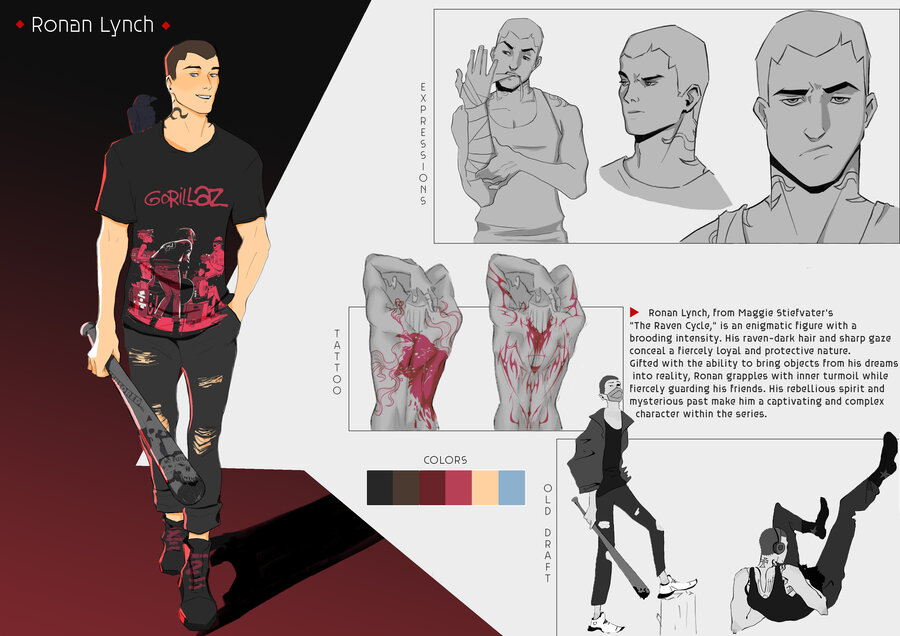
2. Selection of relevant work for your creative portfolio
Your portfolio should be a carefully selected collection of your best work, relevant to the field you wish to study. It’s the creations that make you proudest that you should include in your portfolio.
But quality and looks aren’t everything!
Diversity and specialization of a 3D artist portfolio
It’s crucial to show diversity in your portfolio while highlighting your specialization, if you have one. For example, if you’re passionate about 3D modeling, be sure to include your best work in this field.
As another example, if character concept art is your passion, your character concept art (or character animation) portfolio should showcase a diverse range of characters you’ve created. This could include concept sketches, studies of characters in different poses, facial expressions to show the emotional range, and even character designs integrated into scenes or environments.
This demonstrates not only your ability to design unique and interesting characters, but also your understanding of their role in a wider narrative.
Quality over quantity
Prioritize quality over quantity. Each piece should demonstrate your skill and attention to detail. It’s better to present a small number of well-crafted projects than a multitude of inferior works.
This selection will go a long way to helping the jury assess your skills and level. In fact, a concise, well-organized game design, animation or 3D portfolio makes the jury’s task easier, allowing them to focus on the essence of your talent and artistic vision.
A small number of high-quality pieces demonstrates your ability to self-evaluate and present your work in a professional manner. It also shows that you know how to distinguish your best creations, a key skill in the animation and video game industry where content selection and presentation are crucial.
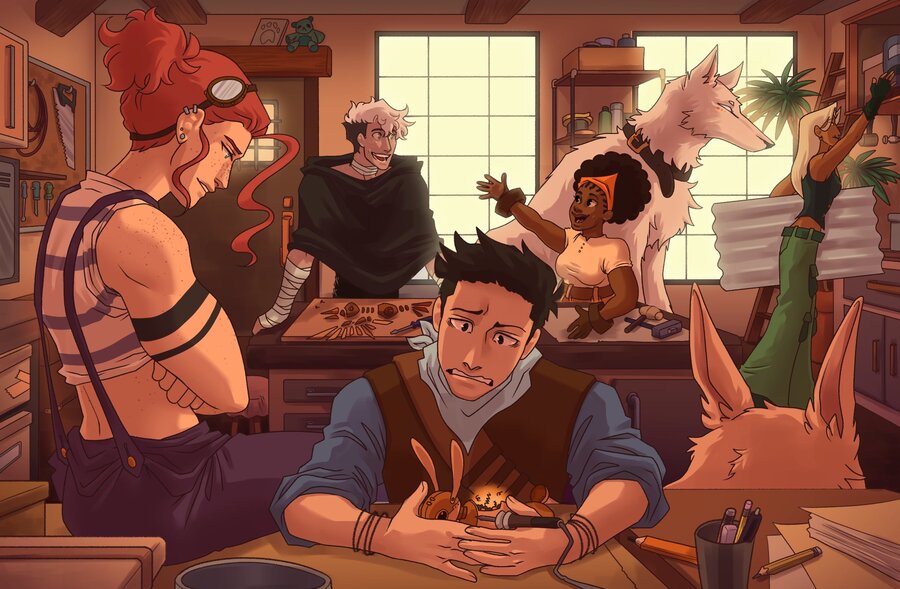
3. Portfolio presentation and organization
The way you present your portfolio is crucial. A disorganized or difficult-to-navigate portfolio can leave a negative impression. That’s why it’s important to categorize the works in your 3D portfolio, so that jury members can find their way around when they consult it.
You can present your portfolio with different subsections that will allow you to stand out in each field, for example: a game art portfolio / game design portfolio section, a concept art portfolio section, a 2d game artist portfolio section and a 3D artist portfolio section.
Digital format
In today’s digital age, most portfolios are presented online. Don’t hesitate to create your own website for the occasion! Make sure it’s easy to navigate, uncluttered and professional.
You can also present your portfolio as a PDF or PowerPoint file. Since the oral interview to get into a 3D animation or video game school is also conducted by video, especially abroad (and given the nature of the field you’re trying to enter) your animation or video game portfolio absolutely must be in digital format.
Comments and creative process
Adding comments to your work can be very beneficial. Briefly explain the creative process, the software used, and the reasoning behind your artistic choices. This demonstrates your ability to think critically about your own work.
For example, for a character illustration, you could describe how you started with pencil sketches to explore different poses and expressions, before moving on to digital colorization in Photoshop.
Explain why you chose a specific color palette to reflect the character’s personality or the mood of the scene. Also discuss any challenges you encountered, such as adjusting the light to create more depth, and how you overcame them.
This kind of commentary offers valuable insight into your thought process and methodical approach, reinforcing the impact of your creative portfolio.
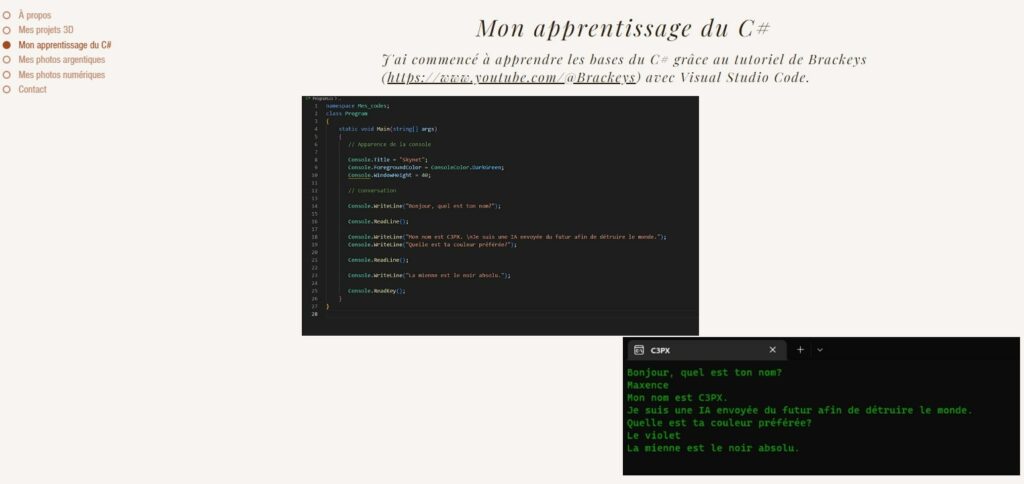
4. Technical skills and software
Mastery of today’s tools and software is essential in these fields. If you’re aiming for 2D/3D Animation training, show your proficiency in industry-standard software such as Adobe Photoshop, Illustrator, After Effects, Maya, Blender, etc.
For video game candidates, it’s a good idea to demonstrate familiarity with game engines like Unity or Unreal Engine, but in this case, you won’t be asked to master these programs completely, as you’ll be learning the basics of how they work during your years of study on the Video Game Tech-Art course.
However, it’s important to note that for the Preparatory Year program, expectations in terms of software skills are generally lower. If you’re just starting out, or have gaps in your software skills, don’t worry.
Our programs are designed to teach you these essential skills. Your passion, creativity and willingness to learn are just as important as pre-existing technical skills.
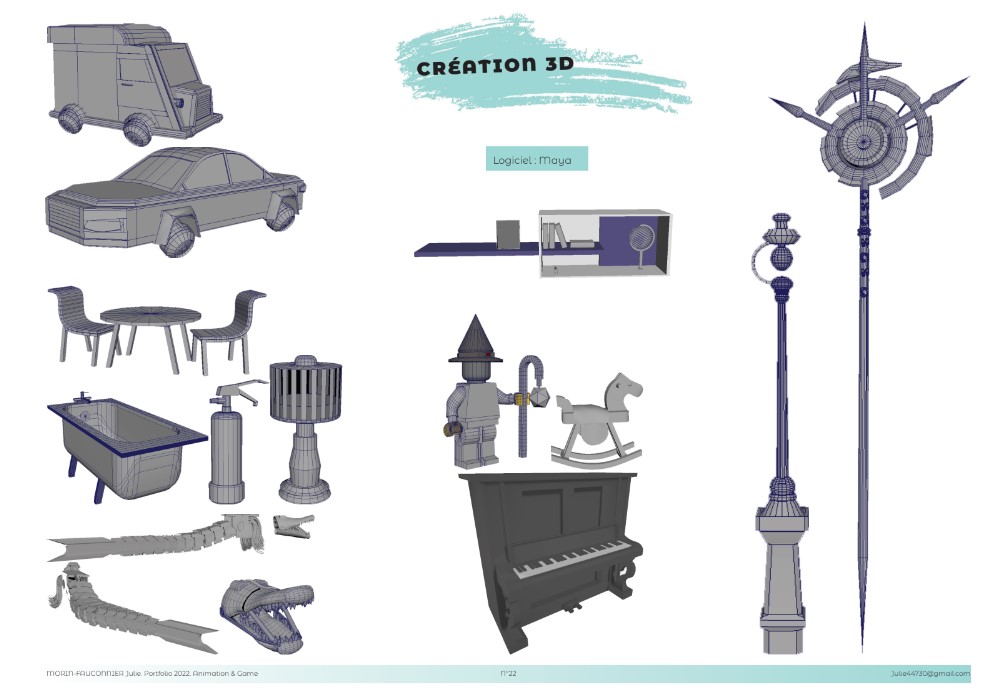
5. Personal work and group projects
Schools like to see your ability to work alone as well as in a team. Include personal projects that demonstrate your initiative and creativity. Group projects, on the other hand, can reveal your ability to collaborate and incorporate constructive feedback.
When presenting group projects, it’s important to detail your specific role in the team and how the collaboration went.
For example, if you worked on a team project in the arts option, explain how tasks were divided up, how you communicated with your teammates, and how you handled any disagreements or challenges.
Highlight aspects of teamwork that you particularly worked on, such as coordinating efforts, contributing creative ideas, or adapting to changes in project direction.
The important thing is to show that you can function effectively in a collaborative environment, an essential skill in the animation and video game industries.
6. Originality and creativity
Your animation or video game portfolio has to stand out. Schools receive thousands of applications, so originality and creativity are paramount. Don’t be afraid to take risks and show off your unique style. This will allow the jury to discover your world and your personality.
7. Knowledge of art history, animation and/or video games
Showing that you have an understanding of the history of art, animation and/or video games can be a considerable asset. This can be done through work inspired by different artistic styles or historical periods.
By incorporating elements that reflect major artistic developments, such as surrealism, expressionism or even the pixel art of early video games, you can demonstrate not only your knowledge of various eras and movements, but also your ability to reinterpret them creatively.
What’s more, analyzing and adapting historical techniques, such as traditional celluloid animation or early 3D graphics, can enrich your 3D portfolio by showing your understanding of the foundations of your art. This tells schools that you have a well-rounded perspective and an appreciation for the roots and evolution of your field, which is crucial for any artist aspiring to innovate and excel in the animation or video game industry.
8. Storytelling skills
In animation and video games, storytelling is essential. Include work that demonstrates your ability to tell a story, whether through a single image, a series of images, or an animation.
Storytelling isn’t just about dialogue or script; it’s also about how you use visual composition, color, lighting and movement to convey emotions, themes and ideas.
For example, a single image can tell a powerful story by capturing a decisive moment or evoking a particular mood. Think of how a character’s pose, facial expression, or even the setting can suggest a larger context or an earlier story.
In a series of images, you can show a progression or transformation, telling a story through subtle or dramatic changes.
When you start creating a video game or animation portfolio, it can be useful to include a brief description or context to help reviewers understand the story you’re trying to tell.
This shows that you’re thinking strategically about how your art communicates with the viewer, a crucial element in creating engaging content for animation and video games.
9. Feedback and continuous improvement
Ask for feedback on your 2D/3D animation or video game portfolio before you submit it. Constructive criticism can help you improve and refine your work. Show that you’re capable of continuous learning and improvement.
Artists and technicians often face criticism for their work and projects. Show that you’re able to take criticism on board and adapt.
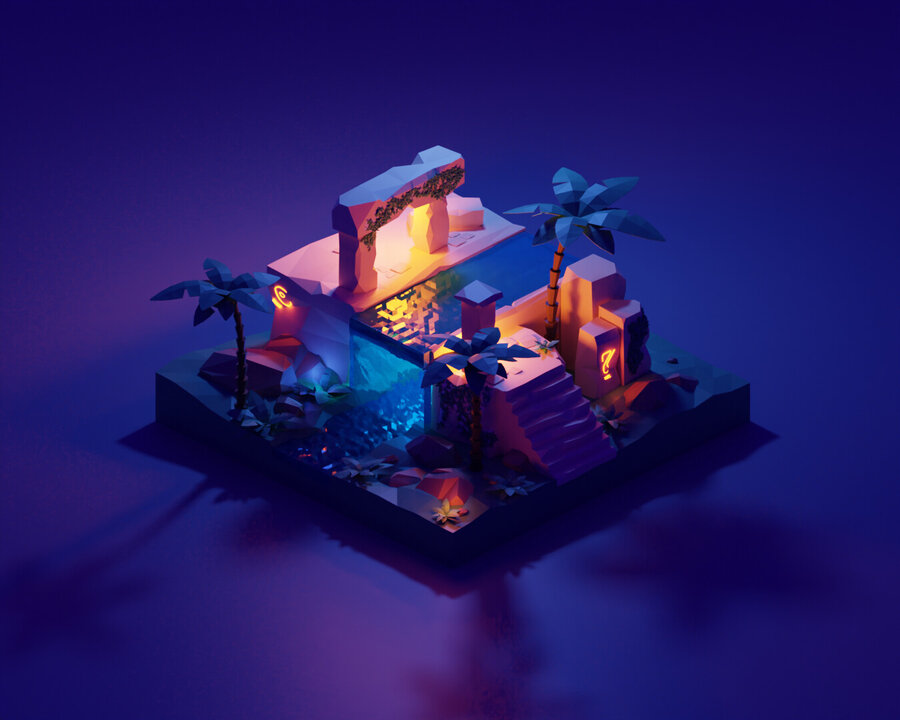
10. Preparing for the selection interview
Be prepared to talk about your creative portfolio during the interview. Be able to explain your artistic choices, your creative process, and what you’ve learned from creating each piece.
As mentioned above, Rubika Montréal offers a highly sought-after entrance exam preparation program. This preparation includes a personalized portfolio assessment before the crucial day of the competition, as well as targeted practice for the upcoming oral interview.
During these sessions, professionals provide essential advice on fine-tuning candidates’ portfolios. Thanks to this preparation, candidates approach the oral interview with much greater confidence and serenity, increasing their chances of succeeding at this key stage in the school’s admission process.
How to create a creative portfolio: conclusion
A successful portfolio for animation or video game school is a creative portfolio that not only demonstrates your technical and artistic skills, but also reveals your passion, creativity and understanding of the industry.
It should be well-organized, professional and reflect your identity as an artist.
Remember, your portfolio is your first impression, so make it count.
At Rubika Montreal, our mission is to guide aspiring artists and technicians towards the realization of their dreams. We hope this guide will help you create a portfolio that sets you apart as a unique and innovative artist.
And don’t forget, if you’re not 100% comfortable putting together your creative portfolio, or if you’d like some guidance before the school’s selection interview, Rubika Montréal offers a day (prep program) or weekend (animation and game programs) of preparation with teachers from the school to help you prepare your meeting and your portfolio.
Don’t hesitate to sign up at the same time as your entrance exam to benefit from this valuable experience!
Good luck on your creative journey! 🤩
